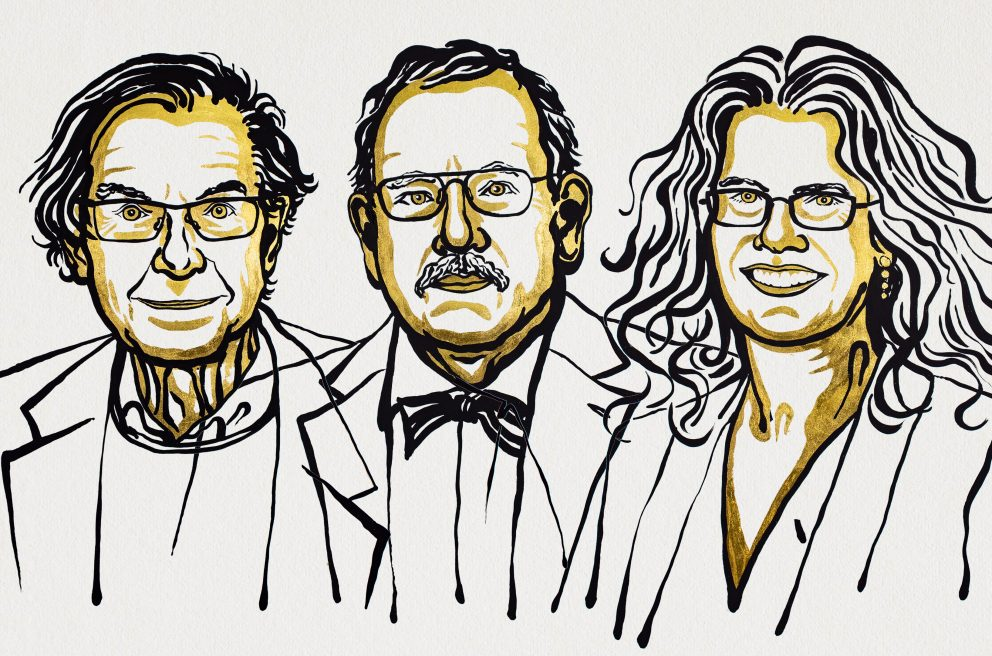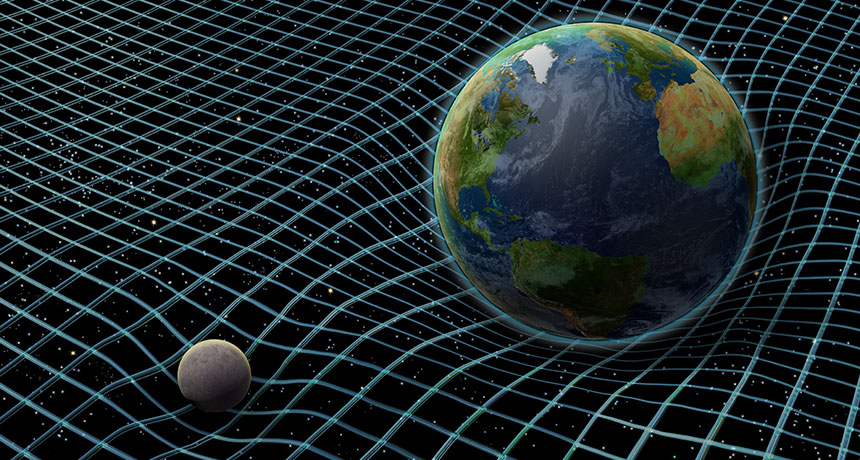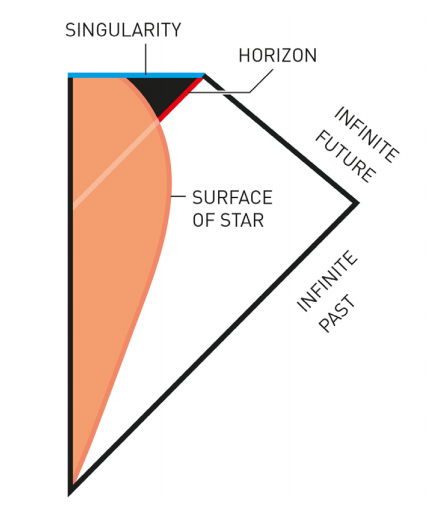2020 Nobel Prize in Physics: Black holes
Ana Monsalud. 11/20/2020

On Oct. 6th, 2020, the Royal Swedish Academy of Sciences announced the recipients of the Nobel Prize in Physics. The English physicist Roger Penrose received half the prize “for the discovery that black hole formation is a robust prediction of the general theory of relativity.” The other half of the prize was divided between German astrophysicist Reinhard Genzel and American astronomer Andrea Ghez “for the discovery of a supermassive compact object at the centre of our galaxy.” Their work provides a deeper understanding of the least understood phenomena in the universe.
Roger Penrose
In 1915, Albert Einstein presented his theory of general relativity. He explained that gravity wasn’t an invisible force but an effect of the fabric of spacetime. And depending on the mass of an object, that object warps the fabric of spacetime to a different degree. The effect is similar to if four people held up the corners of a blanket and placed an object, like a basketball, onto the blanket. The basketball rolls to the middle and significantly warps the blanket, whereas an object like a golf ball would barely make an indent.
Black holes form when enough matter is compacted into a small amount of space and creates an area of space with a gravitational pull strong enough to prevent light from escaping. Most black holes form when massive stars die and collapse into themselves. Interestingly enough, Einstein didn’t believe that black holes existed because he thought the idea seemed too outlandish. But in 1965, ten years after Einstein’s death, Penrose claimed that black holes were a natural consequence of Einstein’s theory of relativity. Plus, he had the evidence to prove it. In a paper titled “Gravitational Collapse and Space-Time Singularities,” he proved “a star of sufficient mass [would] always collapse into a black hole.”

Using mathematical proofs and new methods that he invented, Penrose demonstrated how the collapse into a black hole was inevitable within our understanding of Einstein’s theory of general relativity. One example of his revolutionary ideas was his introduction to the complicated idea of conformal transformations. The idea of conformal transformations leads to Penrose diagrams that depict the circumstances under which a star collapses into a black hole. Penrose not only described in fine detail what happens during the formation of a black hole but also how all the known laws of nature cease within black holes.

Reinhard Genzel and Andrea Ghez
For over twenty years, Dr. Genzel and Dr. Ghez have led teams observing the behavior of stars surrounding the radio source at the center of the Milky Way known as Sagittarius A*. They concluded that the only possible explanation for the narrow orbit paths of the stars in the vicinity of Sagittarius A* was the existence of a supermassive black hole at the center of the galaxy.
Two separate observational teams led by Genzel and Ghez have observed stars orbiting the center of the milky way since the early 1990s. By mapping the paths of these stars, both teams found that the stars surrounding Sagittarius A* moved at astonishing speeds. These stars moved at a speed of 12,000km per second, a number which doesn’t even compare to theEarth’s speed of 460km per second. Although Sagittarius A* is unobservable directly, the current theory of gravity shows that the only explanation for these heavy stars orbiting at such fast speeds is a supermassive black hole.

The mass of black holes is referred to in units of solar masses. A solar mass is equal to the weight of the sun, which is a value of about 2 x 10^30 kilograms. Typical black holes are incredibly heavy with a mass of three to ten solar masses. However, supermassive black holes are even heavier. They can have a mass ranging from millions to even billions of solar masses. The black hole at the center of the universe is quite conservative compared to those possibilities, as observations reveal that Sagittarius A* would need a mass of four million solar masses to create the orbital patterns of surrounding celestial bodies. The conclusions made by Dr. Genzel and Dr. Ghez provide the best evidence so far of a supermassive black hole at the heart of the universe.
Conclusion
Thanks to the dedication of these three astrophysicists and their contributions, scientists have a stronger base for speculation and research on black holes. According to The Nobel Prize, Penrose’s discovery is “still regarded as the most important contribution to the general theory of relativity since Einstein.” The conclusion drawn by Genzel and Ghez’s research is the clearest evidence of both a black hole at the center of the Milky Way and the effect of black holes on the masses in their close vicinity. Ghez is also the fourth woman to receive a Nobel Prize in Physics, a title that she is proud to embrace. Ghez, who takes great pride in her ability to be a role model for young women, hopes that she can help inspire the next generation of female scientists to work in a male-dominated field. These groundbreaking discoveries helped improve people’s understanding of black holes and will lead to more discoveries in the near future. In the words of Ghez, “We’re just in the beginning.”
Cover Photo: (Science News)

Ana is a junior from Cambridge Virtual Academy who is a huge nerd for pretty much everything related to math and science. Through InterSTEM, she hopes to inspire others with her same love for learning and curiosity about the world. In the future, she hopes to pursue a career in healthcare and contribute to change in her community.